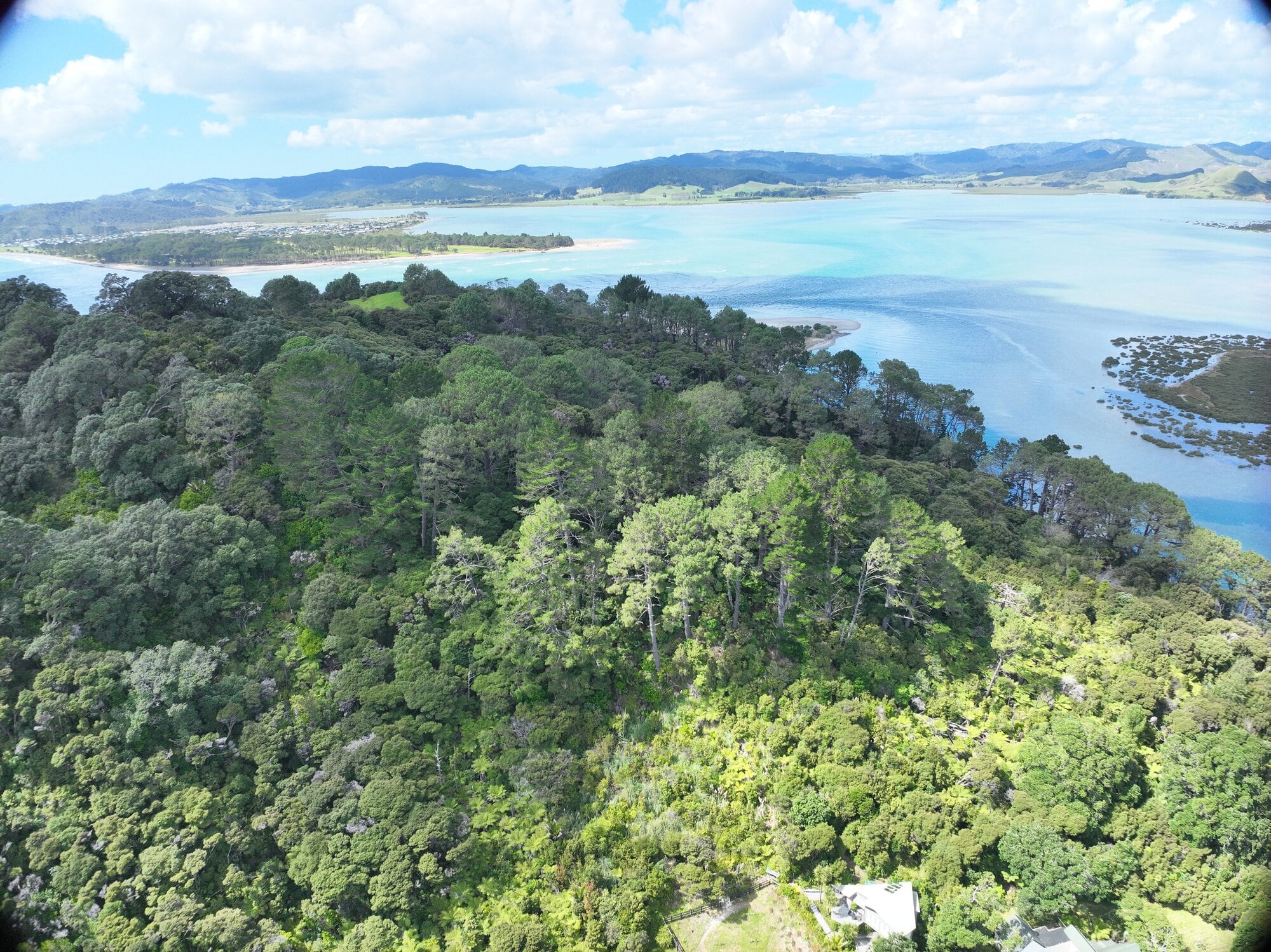Work to remove hundreds of wilding conifers at Coromandel’s Opera Point Reserve will begin this week.
Wilding conifers are a pest tree species impacting on native bush and coastal environments, taking water, light and air from native plants that are home to endemic birds, lizards and bugs.
The wilding conifers at Opera Point are self-seeded, and if left uncontrolled, they will eventually take over – as they have at many locations around New Zealand.
DoC and Waikato Regional Council staff have arranged for an experienced and qualified local arborist to undertake the work at Opera Point, a small and picturesque headland near the settlement of Whangapoua.
The project has been made possible through funding from Waikato Regional Council and is supported by the National Wilding Conifer Control Programme (NWCCP).
DoC Coromandel senior ranger Josh Angell said Opera Point is significant to local iwi and is also a popular recreation location for the local community and visitors.
“We have been in an ongoing conversation with iwi and the community about enhancing the biodiversity at Opera Point and working to restore the small forest area there – and the wilding conifer project contributes to that.
“Wilding pines along the foreshore above and below public access tracks at the point have caused significant damage to the reserve during and after extreme weather events.”
As high winds and rainfall topple the conifers, the root balls expose large holes in the ground, damaging culturally significant landmarks and infrastructure. This results in track closures and high levels of financial investment to reinstate safe visitor access and ongoing archaeological assessments.
The Opera Point conifer removal project will see two methods used – what is colloquially known as “drill and fill”, with small holes to be drilled into trees into which herbicide is then injected. The trees will be left to decay and break down over time. This method is used as it causes the minimum impact on surrounding native plants.
The remaining wilding conifers - close to historic features and tracks and access areas - will be completely felled using chainsaws later this year. The two methods are among the accepted good practice for wilding conifer removal.
The reserve will stay open during the arborists’ work, and people visiting are urged to stick to the marked tracks. Public access will be restricted in some areas during and following the operations, to ensure safety.
The arborists’ work at Opera Point is scheduled to start on Wednesday, April 16, and is expected to take between two and three weeks, weather permitting. Once the initial work is completed, the trees’ deterioration and decay will be monitored.
“Waikato Regional Council is responsible for biosecurity and protecting special places within the region,” Waikato Regional Council senior biosecurity officer Clark McMichael said.
“The local residents who enjoy the walking tracks and native bush at Opera Point want to see the native environment protected and restored – and this project will progress that.”



1 comment
Reducing collateral damage
Posted on 17-04-2025 11:37 | By Paddy Stewart
Host manuka shrubs for a critically endangered mistletoe died as a result of a similar operation on the Blackjack Reserve.
When is the DoC/WRC going to control pampas invading in the light wells created by the pine removal at Blackjack.
Leave a Comment
You must be logged in to make a comment.